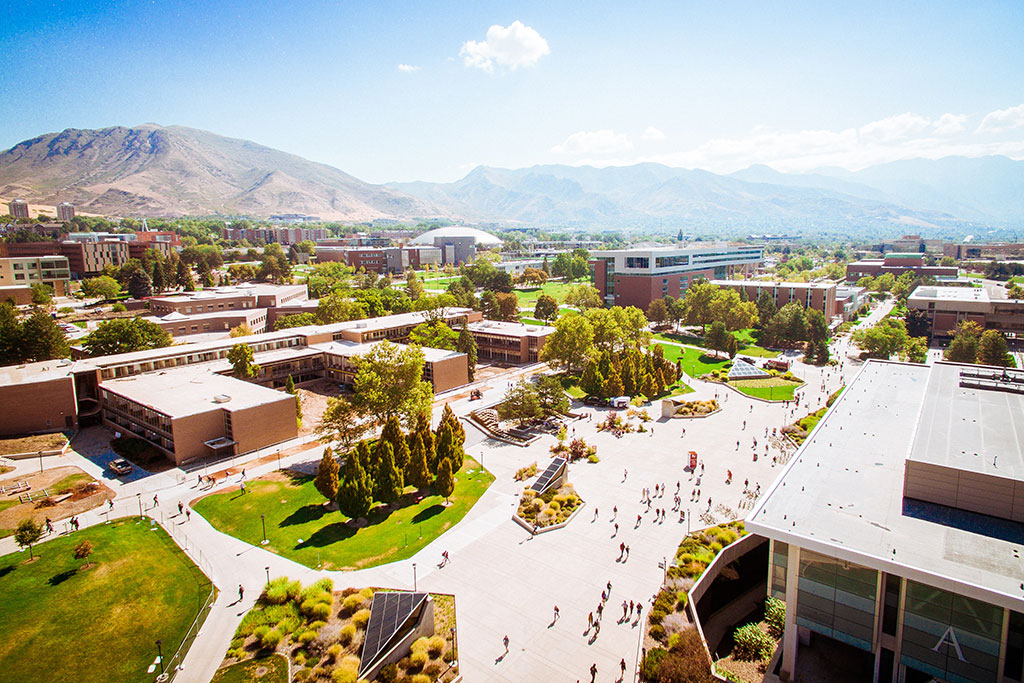How Master Planning Helps the Future of Science Learning

For many institutions, this has been a call-to-action to challenge the status quo and plan for the future in a new way — creating master plans that focus on data-driven outcomes that will sustain and advance their long-term goals. For departments of science, the challenges are often compounded. The pressure to meet the growing needs of qualified applicants in STEM job fields and rapidly evolving technologies often has universities playing catchup instead of thinking strategically about the future of science learning.
Why is an Academic Master Plan Important?
Whether the master plan is focusing on one building, one department or an entire campus, institutions should focus on what can distinguish themselves from competitors. For a college of science, it is vitally important to have a vision and goals laid out and a master plan in place to support future growth and development. Additionally, master plans allow for the testing of different scenarios to determine potential outcomes. They provide a method of sandbox testing where “what if” scenarios can be worked out prior to the investment of millions of dollars.
What Does a Master Planning Process Look Like
For a science-focused master plan, a vast array of stakeholders, including faculty, facilities staff, administration and students, should be at the table to create the most comprehensive plan possible. Many forward-thinking universities are looking beyond their campuses and are inviting other potential influencers, such as corporate industry partners and state, local, and municipal government entities, into the planning process.
The process should be highly interactive, with the design team acting as an expert, developer, challenger and – most importantly – guide. From their experience, design teams should be knowledgeable about a plan’s possible challenges and able to synthesize that information into a project-specific solution. Often, stakeholders find it difficult to see potential opportunities because they are too close to, or too in-the-weeds of, their institution’s day-to-day efforts. A design team can provide an impartial outside perspective that observes and presents opportunities that stakeholders might not have considered.
What Makes a Master Plan Successful?
There are three key elements that make a master plan successful:
1. It has Gained Consensus
Consensus is absolutely critical among all constituents, from the end-user to the highest levels of administration. When buy-in comes from all levels, the ability to overcome obstacles during implementation increases dramatically.
2. It is a Living Document
While the end product usually consists of a report and executive summaries, the master plan must be adaptable to allow for unexpected changes – for example, in priorities, funding or leadership. Treat it like a road map. The institution knows the starting point and ultimate goals (destination); therefore, a slight deviation can occur without derailing everything. It will still be on the right path.
3. It is Backed Up by Data
Whether for the condition of existing facilities, populations and demographics, revenues or expenses, data is everywhere. Careful analyses, assessments, research and testing all contribute to a master plan that is supported by data. Making decisions based on a “hunch” or a “whim” can spell disaster when planning for one, five, or 10 years. By using existing campus information that is evaluated and recast through a series of different lenses and benchmarking peer and aspirational institutions, stakeholders often better understand existing challenges and, as a result, recognize opportunities for focus and enhancement. Make sure every step of the master plan can be backed by data and supported by measurable outcomes.
Wait! Don’t miss out on the latest insights
Sign up for Saschse Construction’s
e-newsletter below!
Featured Topics
ARCHITECTURE + DESIGN
CONSTRUCTION
EDUCATION
INDUSTRY NEWS
Investment

